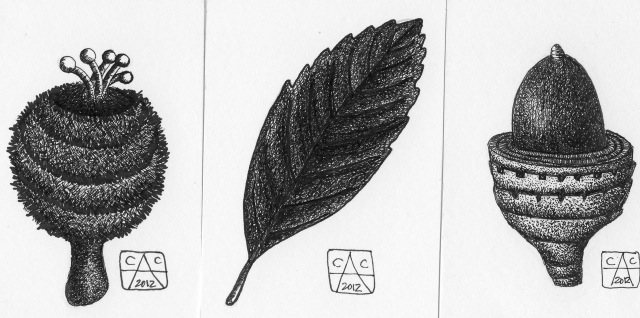Quercus stenophylloides Hyata 1914
Synonyms:
Cyclobalanopsis stenophylloides (Hayata) Kudo & Masamune 1930
Cyclobalanopsis stenophylla (Bl.) Schottky var. stenophylloides (Hayata)Liao 1974
Quercus salicina var stenophylloides (Hayata) S.S.Ying 1988
Quercus stenophylla var. stenophylloides (Hayata) A.Camus 1938
Quercus salicina var. asiatica Shen in Shen & Liu 1984
Local Names:
Tai wan zhai ye qing gang
Image:
Illustration:
Oak information:
Range: Central and
Additional information and links on the genus Quercus:
Plants List: Quercus
Oaks of The World
Quercus images on Google
Oak images on Google
List of genus Quercus and subgenus Cyclobalanopsis
USDA Plant List Search: (Type Quercus)
eFlora - Quercus























